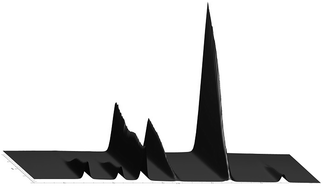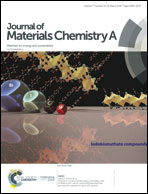Transformation and migration in secondary zinc–air batteries studied by in situ synchrotron X-ray diffraction and X-ray tomography†
Abstract
There are numerous challenges associated with developing secondary Zn–air batteries regarding e.g., power density and cycle life. Some of the challenges are related to morphological changes in the anode during cycling due to combined electrochemical and chemical processes involved in the reversible Zn–ZnO transformation. We present a unique in situ synchrotron X-ray diffraction study, where a combination of time and spatial resolution allows information about transformation and transport in a Zn/ZnO anode during discharge/charge operation to be obtained. By tracking Zn and ZnO reflections during cycling of two Zn–air batteries we see that the conversion of these phases is accompanied by transport into the anode and the anode configuration does not return to its initial state after recharge due to ZnO migration to other parts of the battery. During charge Zn metal is deposited as a microcrystalline material, changing the morphology and phase distribution in the anode. The XRD results were supported by qualitative in situ X-ray computed tomography that confirms depletion of ZnO and non-homogeneous distribution of Zn.

- This article is part of the themed collection: 2019 Journal of Materials Chemistry A HOT Papers


 Please wait while we load your content...
Please wait while we load your content...